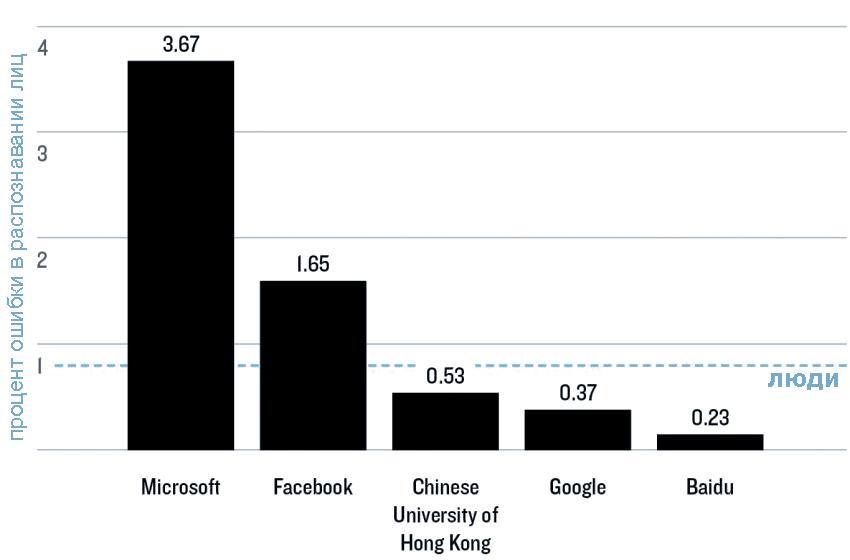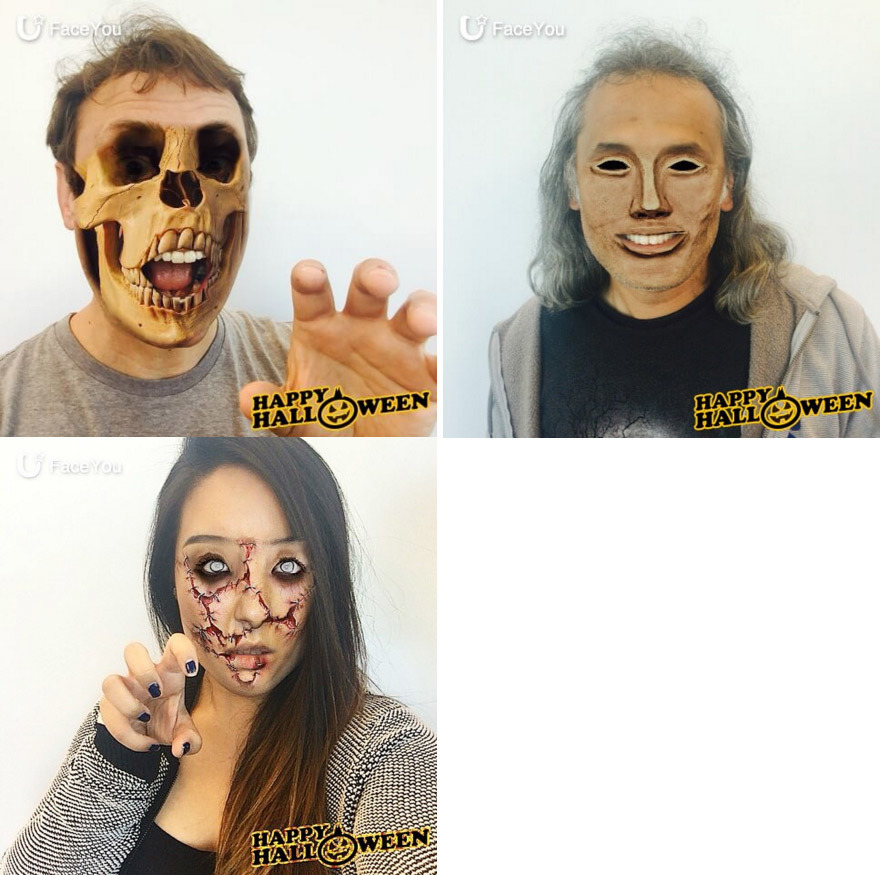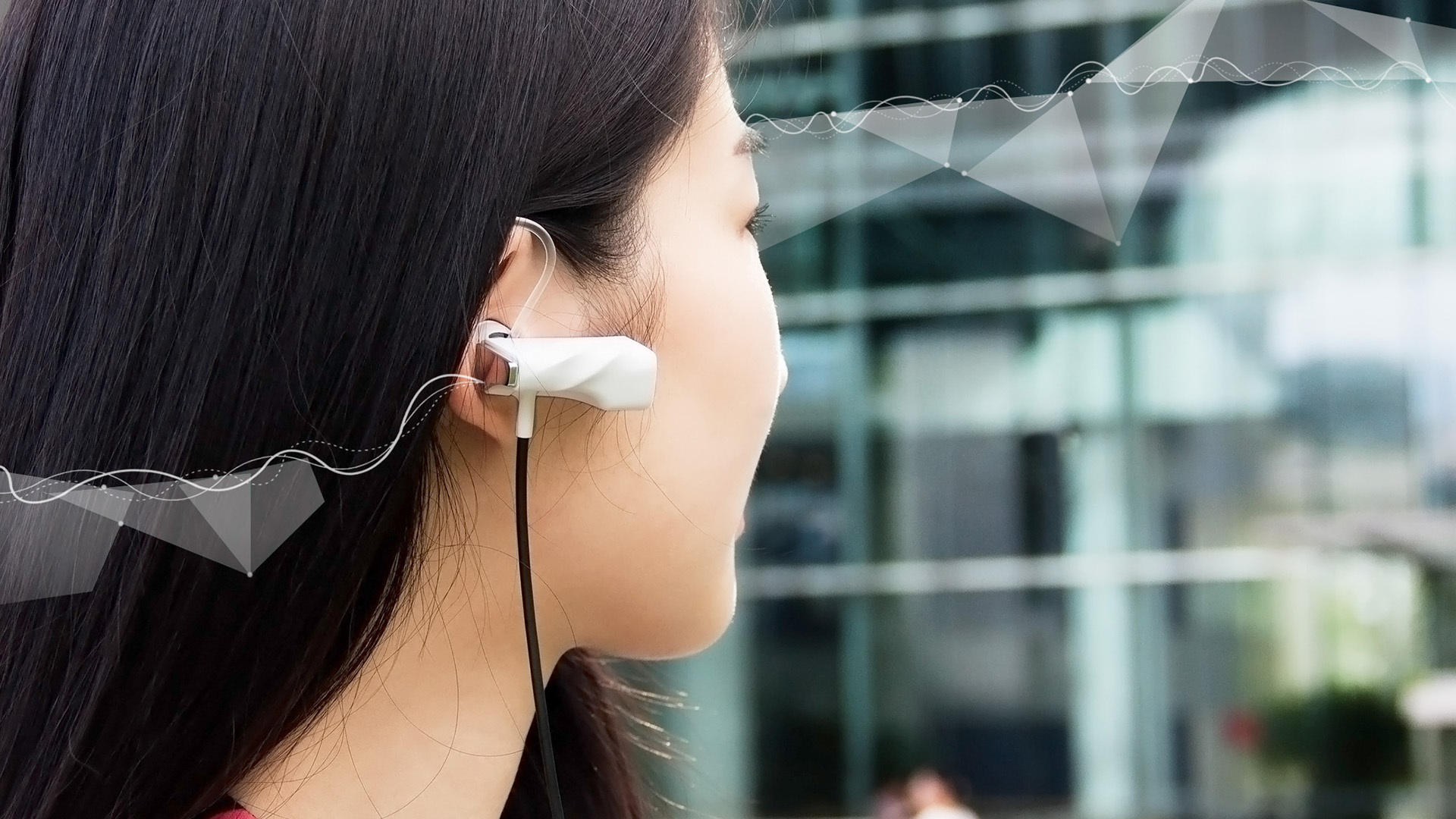The Chinese company Baidu introduces AI in their products, ahead of Western competitors

Baidu, the largest Chinese Internet company, is making significant efforts to develop and use artificial intelligence programs. Moreover, in many ways, Baidu’s designs are superior to Western competitors , especially in the area of face recognition.
Artificial Intelligence Laboratory Baidu in Silicon Valley and all the research unit Baidu headed by renowned expert in machine learning Andrew Ng (Andrew Ng). He is known to the general public as one of the founders of the Coursera startup and the author of online courses on robotics and machine learning.
Two years ago, a new division was formed at Baidu - the Institute of Deep Learning. Since then, these technologies have helped to modify various Baidu products, including improved speech recognition, anti-virus filters, backup systems for HDD (AI predicts specific drive failure), an advertising platform - and significantly increase the company's revenues.
In addition, promising AI designs are used in pilot projects, such as control systems for unmanned vehicles.
“The number of applications for deep learning is growing every day,” says Andrew Eun. To implement AI in all areas of activity, the company has created a platform called Paddle, which can be used by employees of other departments.
For example, last fall, Baidu Research’s research and development division launched Face Face, a program for face-morphing , a mobile application that imposes an arbitrary real-time mask on smartphone video. The same idea was used by the Belarusian programmers in the MSQRD program that Facebook recently bought .

It would seem a useless program, but it is very popular with ordinary users and it clearly demonstrates what face recognition systems are capable of. This technology can be used in future systems of virtual and augmented reality to fit real objects into a virtual environment.
Another interesting development by Baidu Research is the DuLight object recognition program .with headset. A headphone connected to a smartphone not only gives a voice description of objects, but also recognizes faces, remembers the names of people, etc.

The MIT Technology Review journalist was surprised when the earpiece aimed at him gave a fairly accurate description: "Man, smiles, about 37 years old."
These headsets are useful as personal digital assistants, for example, blind people.
